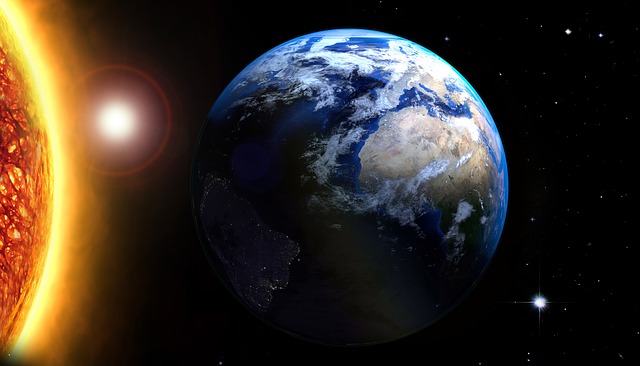
Reduce, reuse and recycle. It’s a mantra that doesn’t just apply to energy and natural resources. It’s the perfect principle to apply on carbon dioxide as well. Because if we learn how to reduce, reuse and recycle CO 2, our world will literally be in a much better state.
Burning fuel like carbon monoxide releases a huge amount of energy, at the same time creating harmful carbon dioxide as its by-product. To convert carbon dioxide back into carbon monoxide, it will take the same amount of energy that’s used in burning fuel. The impracticality of this cycle has now resulted in carbon dioxide build-up. And unless we find ways to reduce this carbon dioxide build-up, or at least figure out how to convert carbon dioxide from being harmful back to being neutral without using as much energy, we’ll be in big trouble. Think about it, every year we inject about 30 billion tonnes of CO 2 into the atmosphere.
This is exactly the situation we’re in now. To reduce carbon dioxide emission, we have the Paris Treaty in place. And to decrease the required energy for carbon dioxide conversion, a potential solution lies in the work being done by a team of scientists from the Indiana University led by Liang-shi Li, an associate professor in the IU Bloomington College of Arts and Sciences’ Department of Chemistry.
As reported in the Journal of the American Chemical Society, the team has succeeded in engineering a molecule that is capable of using light or electricity to turn carbon dioxide back to carbon monoxide. Supposedly, it’s a method that’s more efficient than any other carbon reduction method being employed today.
The engineered molecule is comprised of nanographene and rhenium. Nanographene — a dark-colored nanometer-sized piece of graphite — serves as the collector of solar energy, absorbing a significant amount of sunlight due to its dark color. Rhenium serves as the engine that drives the production of carbon monoxide. The process is quite direct. As nanographene absorbs light, it drives electrons to the rhenium atom, which continually binds and converts carbon dioxide into carbon monoxide.
What makes this new method more efficient is the use of nanographene. Previous carbon reduction attempts that make use of sunlight were largely inefficient because the materials used — known as bipyridine-metal complexes — were only capable of using the invisible portion of light, in other words, those in the ultraviolet range. In contrast, nanographene is capable of using a big portion of visible light, which makes it absorb considerably more light than previously possible. Accordingly, the more light it absorbs, the more energy there is to power up rhenium into doing more carbon dioxide conversion.
Following this breakthrough, Li plans on figuring out ways to make their ‘molecular leaf’ even more powerful. Specifically, he plans on making the molecule last longer and sustainable in a non-liquid form because solid catalysts are much easier to use than liquid ones. He also intends to use manganese — which is more abundant and less expensive –in place of rhenium, a rare element.
- Bulenox: Get 45% to 91% OFF ... Use Discount Code: UNO
- Risk Our Money Not Yours | Get 50% to 90% OFF ... Use Discount Code: MMBVBKSM
Disclaimer: This page contains affiliate links. If you choose to make a purchase after clicking a link, we may receive a commission at no additional cost to you. Thank you for your support!



Leave a Reply